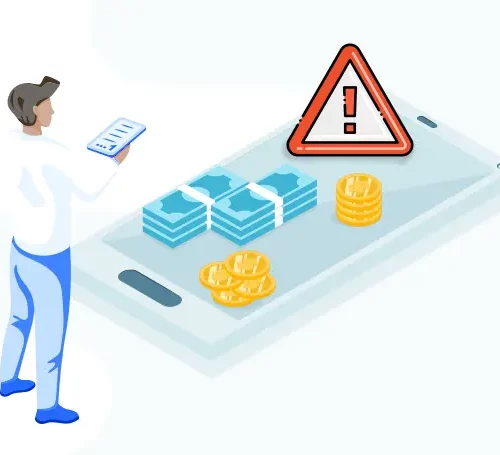| S.No. |
Highlight |
Announcement/Step Taken |
Expected/Potential Impact |
| 1. |
Recapitalization of Public Sector Banks (PSBs) |
A capital injection scheme of Rs. 20,000 crores into PSBs has been announced. |
A sureshot way to perk up the financial health of PSBs and ensure capital adequacy in uncertain and dynamic times. |
| 2. |
Asset Reconstruction / Management Company Formation (Bad Bank) |
The new budget has suggested the formation of an asset reconstruction and management company or “Bad Bank”, that would act as an aggregator of all these kinds of loans and NPAs and would try to resolve them. Any financial institution that has been burdened with bad loans can sell its holdings at a market price to the Bad Bank, which will help the company clear its balance sheet. |
Banks and NBFCs were smacked by the economic slowdown caused by COVID-19, leading to an increase in default payments, bad and stressed loans, and non-performing assets (NPAs). This step will significantly lower NPAs and collection woes of myriad NBFCs. |
| 3. |
Reduction of Minimum Loan Size for easier Debt Recovery |
For NBFCs with a minimum asset size of Rs. 100 crores, Budget 2021 has, under the Securitization and Reconstruction of Financial Assets and Enforcement of Security Act of 2002 (SARFAESI Act), proposed to lower the minimum loan size to be eligible for debt recovery from Rs. 50 lakh to Rs. 20 lakh. |
Loan defaults were galore during the pandemic, so NBFCs wanted the limits to be lowered so as to take quick action against defaulters. Under the SARFAESI Act, lenders can recover their dues faster. Recovery is possible for only secure loans – home loans, loan against property, loan against collateral etc. |
| 4. |
Increased focus on Roads and Highways infrastructure spending |
Over 13,000 km length of roads, at Rs. 3.3 lakh crores, by March 2022, awarding another 8,500 km and additional 11,000 km of national highway corridors. |
Surely an ambitious and achievable plan, this proposal will likely lead to increased demand for commercial vehicles, which would benefit NBFCs like Shriram Transport, Cholamandalam etc. |
| 5. |
Adequate Credit Flow to the Agriculture Sector |
Union Budget 2021’s agricultural credit target has been bumped up to Rs. 16.5 lakh crores in FY22. |
Microfinance Institutions (MFIs) in India are key contributors to credit in rural India, where agriculture is a holy grail for low-income households. The rise in credit expectations into this sector will likely give MFIs a boost. |
| 6. |
Setting up of new gold exchanges and designating Securities and Exchange Board of India (SEBI) as the regulator |
Soon, SEBI will become the sole regulator of the gold market in India and will be involved with opening new gold exchanges, creating credit lines and forming trade rules. |
The downtick in import duties on precious metals and takeover of SEBI as regulator could bolster demand of gold, indirectly leading to more gold loans being offered by banks and NBFCs. |
| 7. |
Financial incentives to promote Digital Payment |
The Finance Minister has dangled a Rs. 1,500 crore scheme to the digital payments industry and to businesses deploying such solutions. |
Digitalization has gathered steam in banking and NBFCs. Fintech companies and lenders will keenly try to maximize on this scheme by accepting digital payments and making loan origination/disbursals digitally. |





